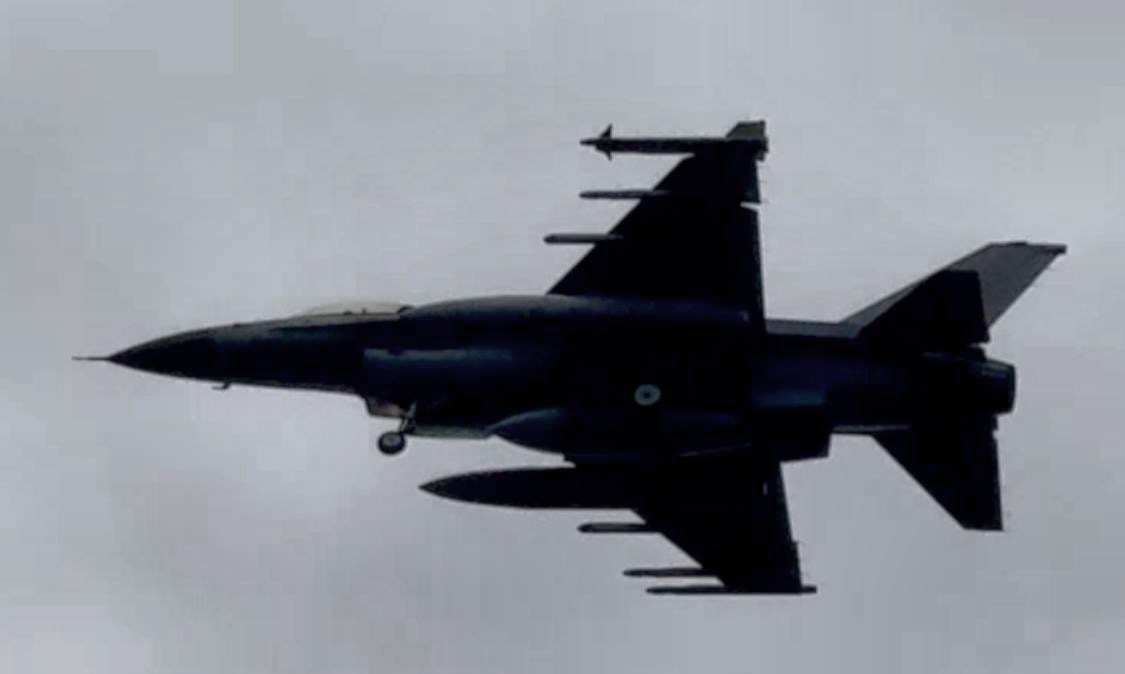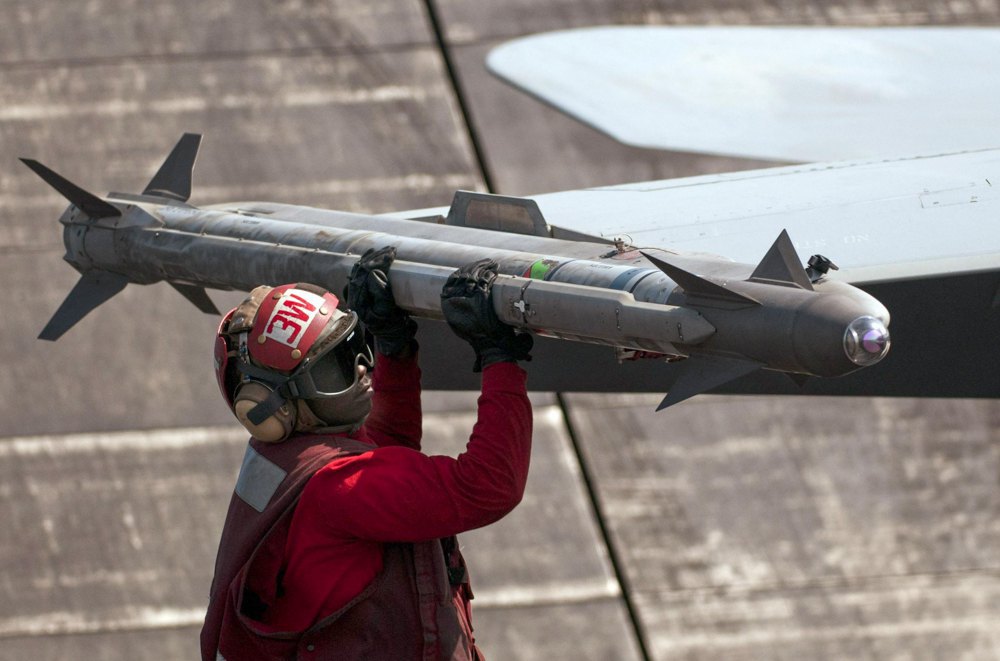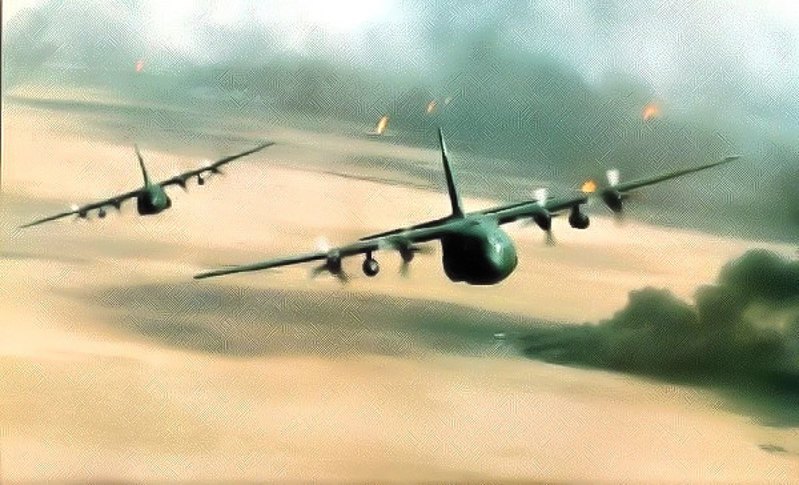
The Ukrainian Defence Forces currently operate between 30 and 36 F-16s, provided by the Netherlands, Denmark and Norway. Three aircraft have already been lost.
An additional 30 Belgian aircraft are expected. Although the first batch was scheduled for delivery last year, it was postponed due to the transition timeline to new aircraft platforms.
F-16s are tasked with several key roles.
One critical function is the interception of cruise missiles and Shahed drones, using cannon fire and cost-effective air-to-air missiles – particularly older generation missiles nearing the end of their service life.
While Moscow claims it can indefinitely procure small-scale Shahed drones from Iran using foreign currency, obtain machinery from China, South Korea and Western countries through intermediaries, and recruit labour from Africa and Asia, Ukraine can counter these threats using AIM-9 missiles, of which over 100,000 units have been manufactured.

A large proportion of these missiles have not been used in combat. By refurbishing older stockpiles and delivering new batches, it becomes possible to reduce air defence costs significantly and gain time to localise European defence technology in Ukraine.
Intercepting Shahed drones in flight remains a considerable challenge due to their speed differential, night-time flight conditions, environmental obstacles, and the danger posed by warheads packed with fragmentation elements – which have already resulted in losses.
Nevertheless, taking this risk allows Ukraine to conserve more advanced missiles that it does not produce domestically, affords time to reload launchers, and avoids overloading air defence channels in targeted sectors – all of which contribute to tactical flexibility during large-scale attacks.
Despite media reports of increased missile production, major strikes continue to occur every three weeks, and Moscow is actively stockpiling offensive weaponry.
In conjunction with F-16 sorties, the use of anti-aircraft drones, the supply of modernised short-range anti-aircraft artillery, radars and optical stations from the EU, and electronic warfare equipment, Ukraine is countering the increasing number of incoming waves of barrage munitions.
Despite several waves of strikes on Yelabuga, the adversary is adapting by dispersing and localising production facilities – a tactic that works both ways.
The second key mission of the F-16 is to provide cover for post-Soviet aircraft that have been adapted to deploy Western precision-guided bombs.

Su-27 and MiG-29 aircraft, which have been converted into bombers in a manner akin to improvised engineering, remain highly vulnerable – particularly during ascension, when deploying AASM Hammer or JDAM munitions, or when flying at extremely low altitudes to evade radar detection.
These aircraft lack modern electronic warfare systems and can be targeted either by air defence systems or Russian fighter jets.
This is why Western aircraft support these makeshift bombers by deploying countermeasures, activating self-defence systems, and providing strikes with electronic warfare coverage.
Together with decoy operations and drone flights, these efforts have so far enabled Ukraine to preserve the core of its air fleet in the face of a formidable adversary – an adversary equipped with advanced air defence systems, powerful surface-to-air missiles and long-range precision munitions that often exceed the operational range of the weapons supplied to Ukraine, though they have not yet reliably penetrated the shield of Western electronic defences.
Naturally, F-16s are also carrying out high-precision strikes of their own – dozens in recent weeks – targeting border crossings into Russia, forward pilot positions, FSB communications and electronic warfare hubs, and command posts.
These are high-value technological targets with multi-level operational roles, and their destruction carries a heavy cost for Russians – not only financially, but strategically.
Ukraine possesses far fewer bombs than Russia, but they are significantly more precise. While parity has not yet been achieved, France is increasing its supply of AASM Hammer bombs from 800 to 1,200, and the United States, Australia and EU storage facilities have contributed additional JDAM munitions.
Losses in the air due to incidents, friendly fire or technical accidents should not be considered shocking – such occurrences are a standard part of combat operations, however unsettling that may seem.

During Operations Desert Storm and Desert Shield, 21 out of 70 aircraft were lost to various equipment failures and friendly fire. In one instance, even a B-52 bomber crashed into the Indian Ocean as a result of an onboard power system failure.
And that coalition comprised the world’s wealthiest and best-equipped nations – unlike Ukraine, which has had to hurriedly prepare ground support services, retrain pilots, and receive aircraft that, while refurbished, are far from new.
The priority must be the survival of the pilots. Aircraft can be sourced – for instance, from Greece and several Arab countries. If there is political will and financial capacity, procurement is possible.
The time must come to an end when, in the midst of a war, Ukraine is unable to formulate a comprehensive plan for the transition away from post-Soviet aircraft, or conduct detailed budget hearings in the Rada. National defence has become the decisive factor for the country’s survival.
The mere fact that Ukraine’s air force continues to function in the face of such a formidable, resource-abundant and ideologically driven adversary as Moscow – providing vital air support to the infantry and preventing the complete occupation of even the Donetsk Region – is, in many respects, nothing short of a miracle.
Yet behind this “miracle” lies the immense and sustained effort of both the Western coalition and the Ukrainian Defence Forces.








